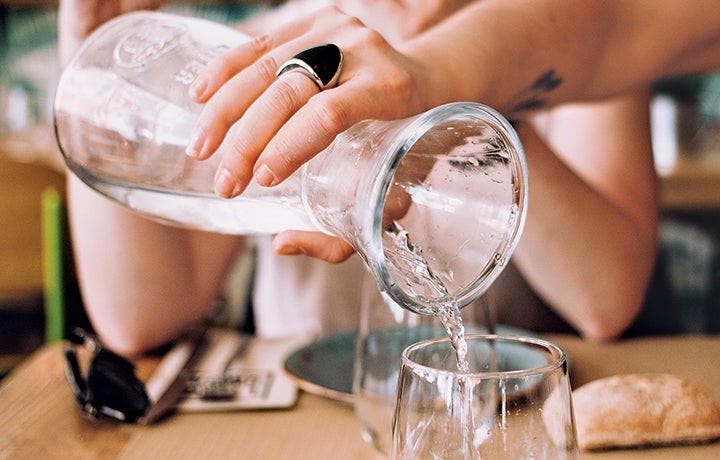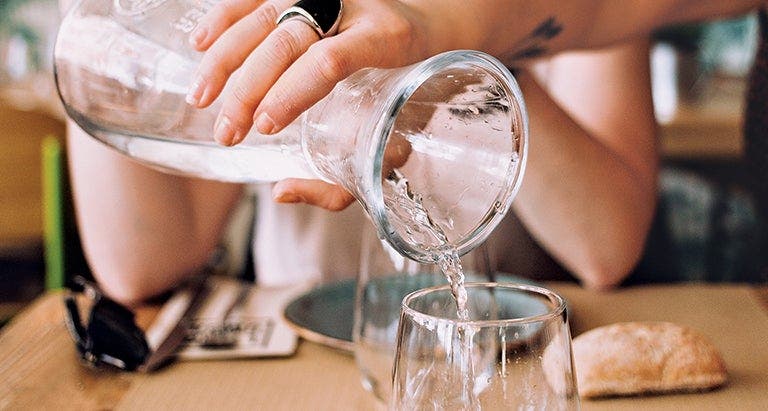Getting a Handle on Habits


Let’s face it, we all have habits – good and bad – and habits become, well, habitual. They become ingrained in us, parts of our day-to-day lives that we don’t even think about. Now of course, if they’re good habits, like brushing our teeth, that’s not a problem at all. But if they’re bad habits, like always letting the dishes pile up, that’s not so great.
“[Habits] are often learned patterns from childhood, things we learn from our parents and other important people in our lives,” says Heidi McBain, a therapist and counsellor based in Texas.
The first step to controlling the habits we form, and making sure they are beneficial, she says, is noticing and acknowledging that they are there.
So how do we get a handle on our habits and make them work for us, rather than against us? Understanding how they’re formed in the first place will help.
“Habits have a three-part cycle,” says Derek Doepker, author of The Healthy Habit Revolution. “One: Cue. Two: Routine, and Three: Reward. The cue is the trigger, the routine is the behaviour/habit, and the reward is the good feeling you get after engaging in a behaviour.”
How habits are formed
The first key to forming a habit, he says, is it must have a sense of immediate gratification, which is the reward.
“Eating a cookie each day at lunchtime can easily become a habit because the food activates a sense of pleasure,” Doepker says. “Flossing, on the other hand, can be more challenging to become a habit unless a person finds some way to mentally take pleasure from the activity. This can be as simple as taking a moment to enjoy the feeling of clean teeth, or a bit of self-talk saying, ‘Nice work!’ after doing something good for oneself.”
The second key to forming a habit, Doepker says, is that there must be something that triggers it, such as the time of day, a visual or auditory reminder, or another activity to which the habit is tied. The third and final key to forming a habit is consistency. The behaviour must be done consistently to reinforce it.
“The simplest way to create a new habit is with a micro-commitment,” Doepker says. “This was popularized by B.J. Fogg with his ‘tiny habits’ concept. You pick a behaviour so easy you are guaranteed to be able to do it each and every day.”
For example, he says, rather than striving to do 30 minutes of exercise a day, set a target to do at least 10 jumping jacks, or some other activity that you find easy to accomplish. Then if you want, you can always go longer or do more.
“Because it's so easy, you can always say yes to it; what happens is momentum generates motivation. After doing 10 jumping jacks, you'll often find yourself wanting to do even more. But by setting the bar purposely low, you focus on consistency, rather than quantity. This gets the ball rolling,” Doepker says.
“Once you start doing an activity regularly, you become more and more comfortable with the idea of doing more. Eventually, it becomes more challenging not to do that activity each day as it becomes routine. By setting very small targets for yourself, you'll be more likely to be consistent with the behaviour and turn it into a habit.”
How can we break bad habits?
“Rather than thinking in terms of breaking bad habits,” Doepker says, “consider the concept of substituting them. The easiest way to break a bad habit is to keep the cue and reward, but switch out the behaviour.”
He brings back the daily lunchtime cookie as an example, suggesting having a healthier snack instead. “This way you still maintain the habit of having a treat each day at lunch … consider this to be about substitution rather than subtraction.”
Without this substitution approach, he cautions, we run the risk of dropping one habit and picking up another.
“Consider what the habit does for you emotionally, and then decide on a healthier alternative that provides a similar emotional reward,” Doepker says.
McBain notes that “therapy can be helpful in that this gives people a safe place to learn about their unhealthy habits and patterns in their lives and then learn new, healthier ways of being.”
